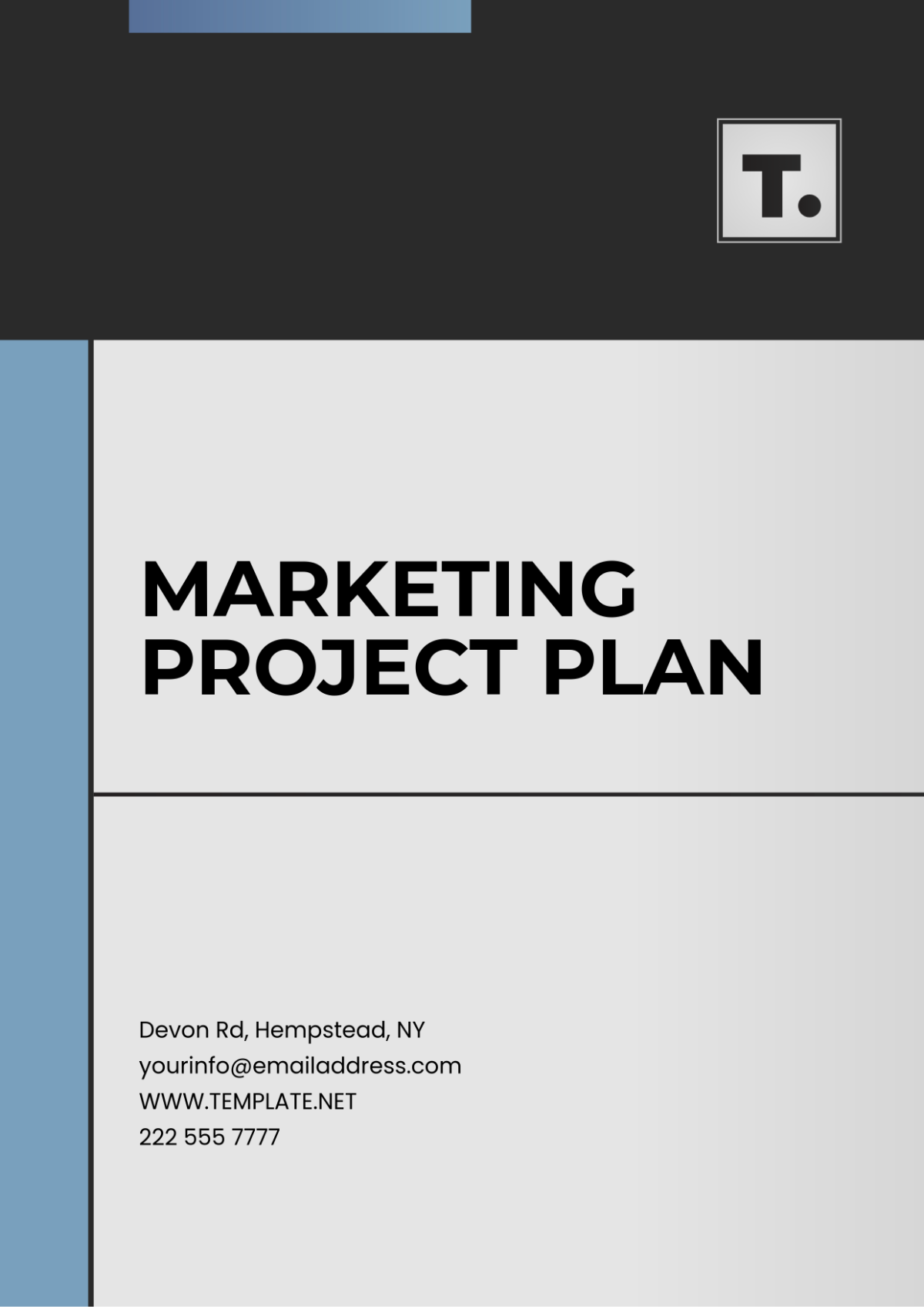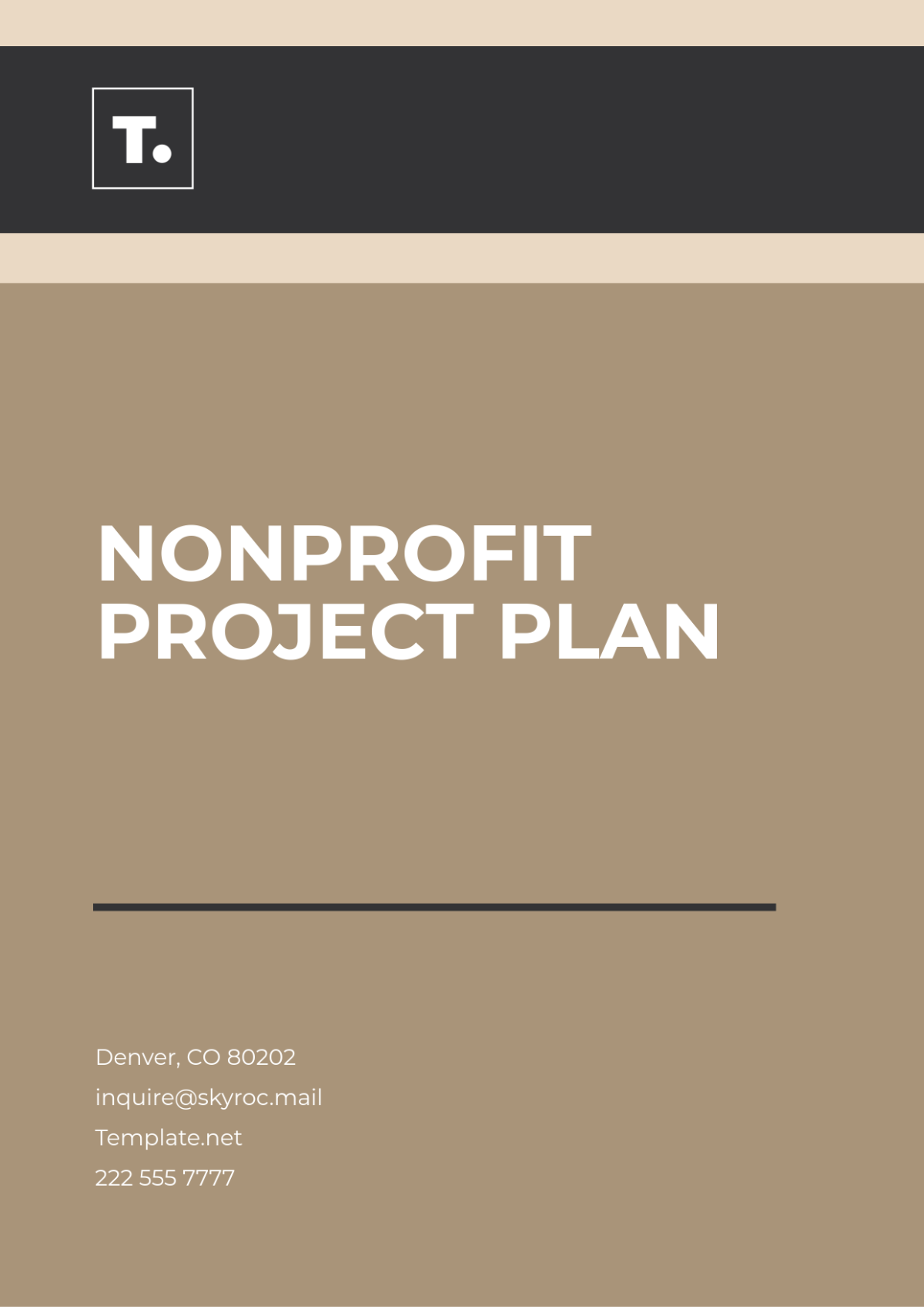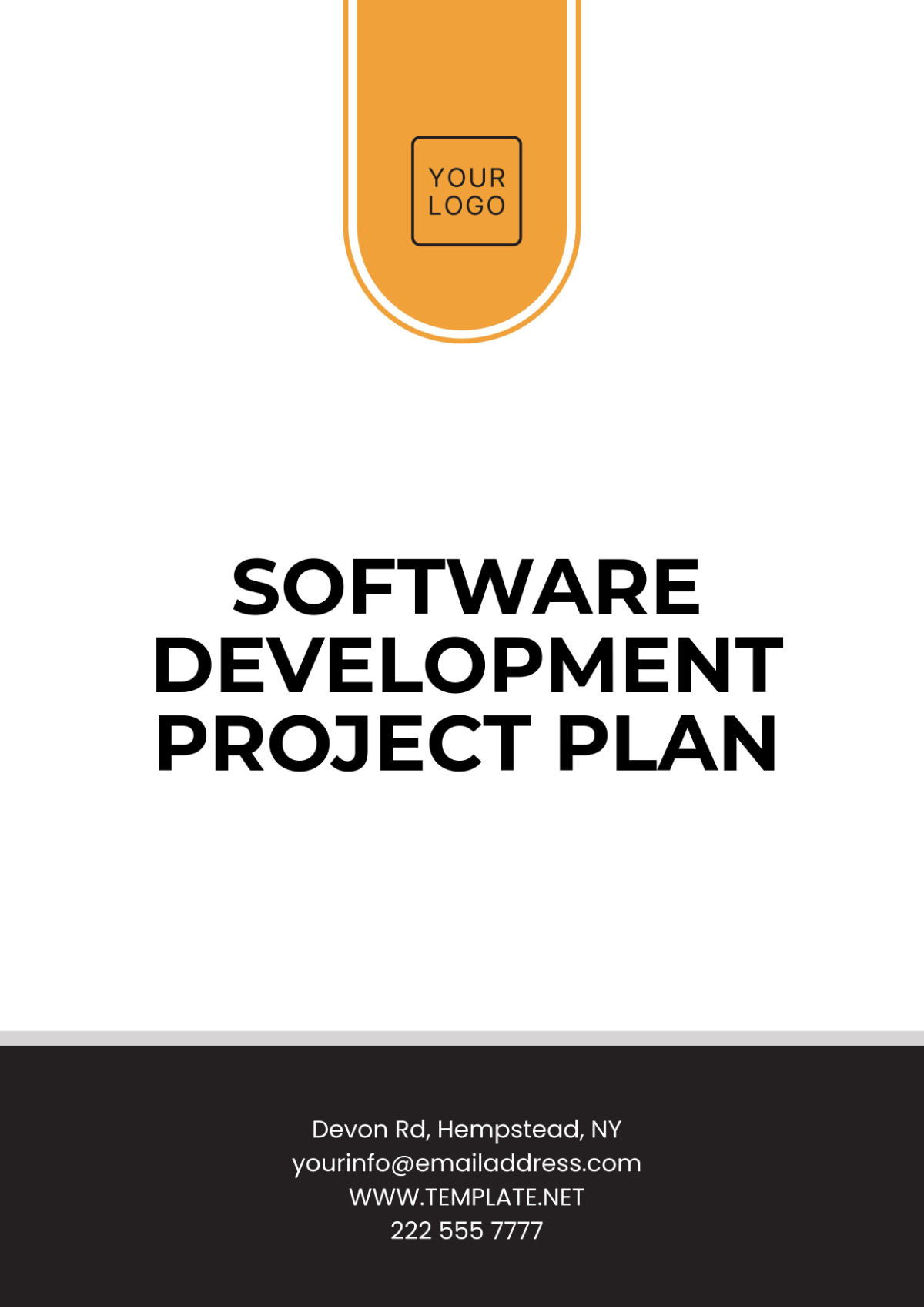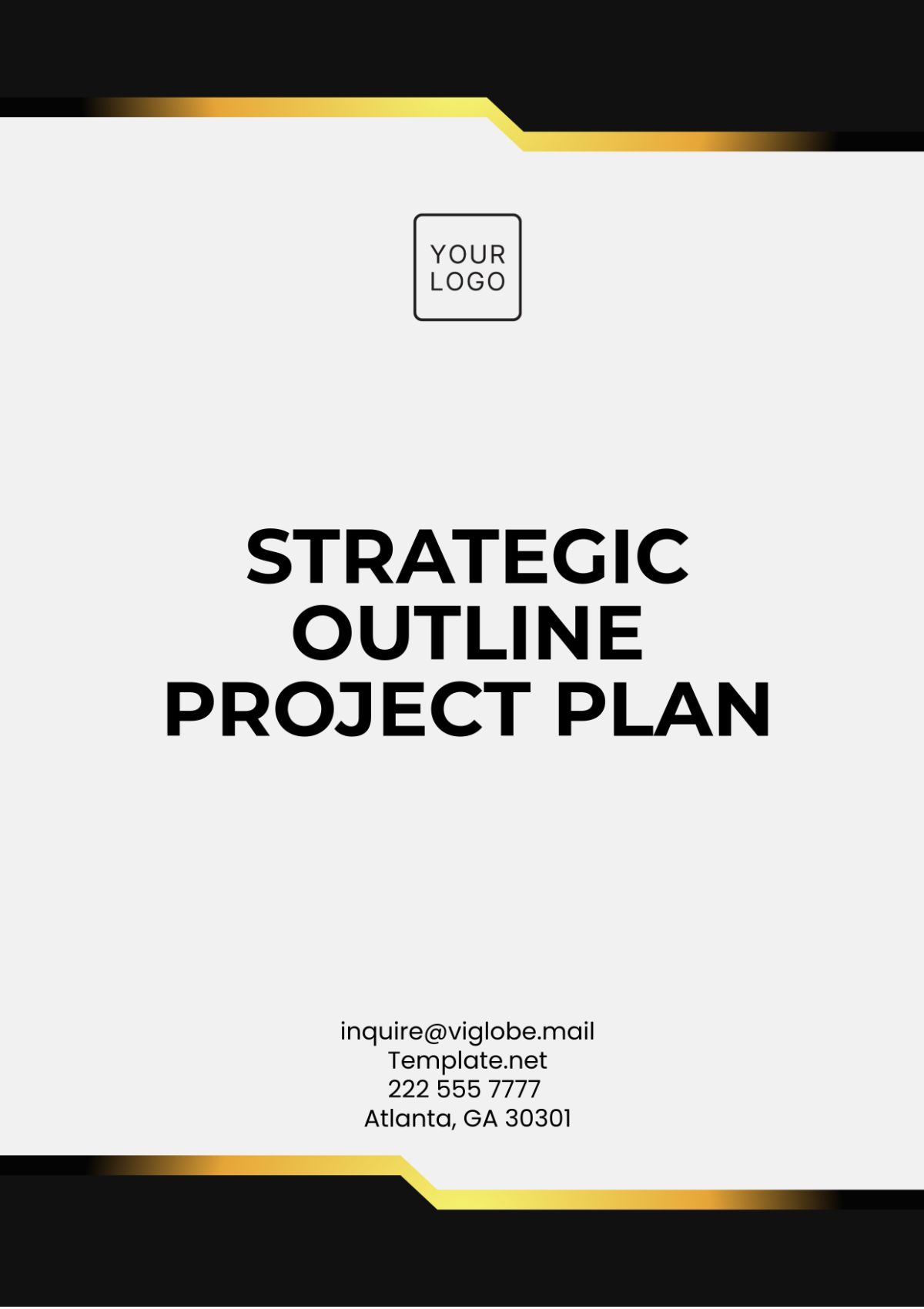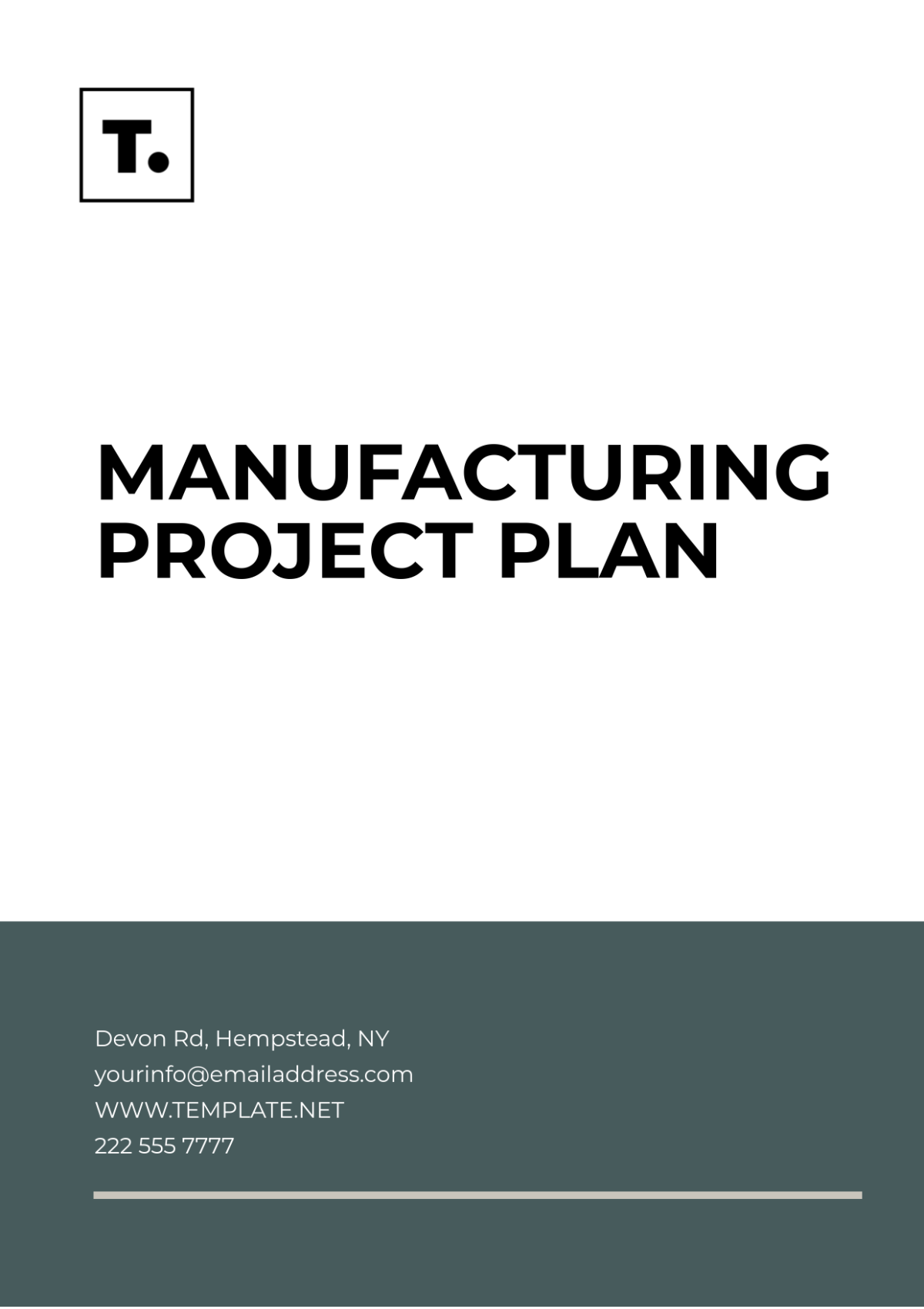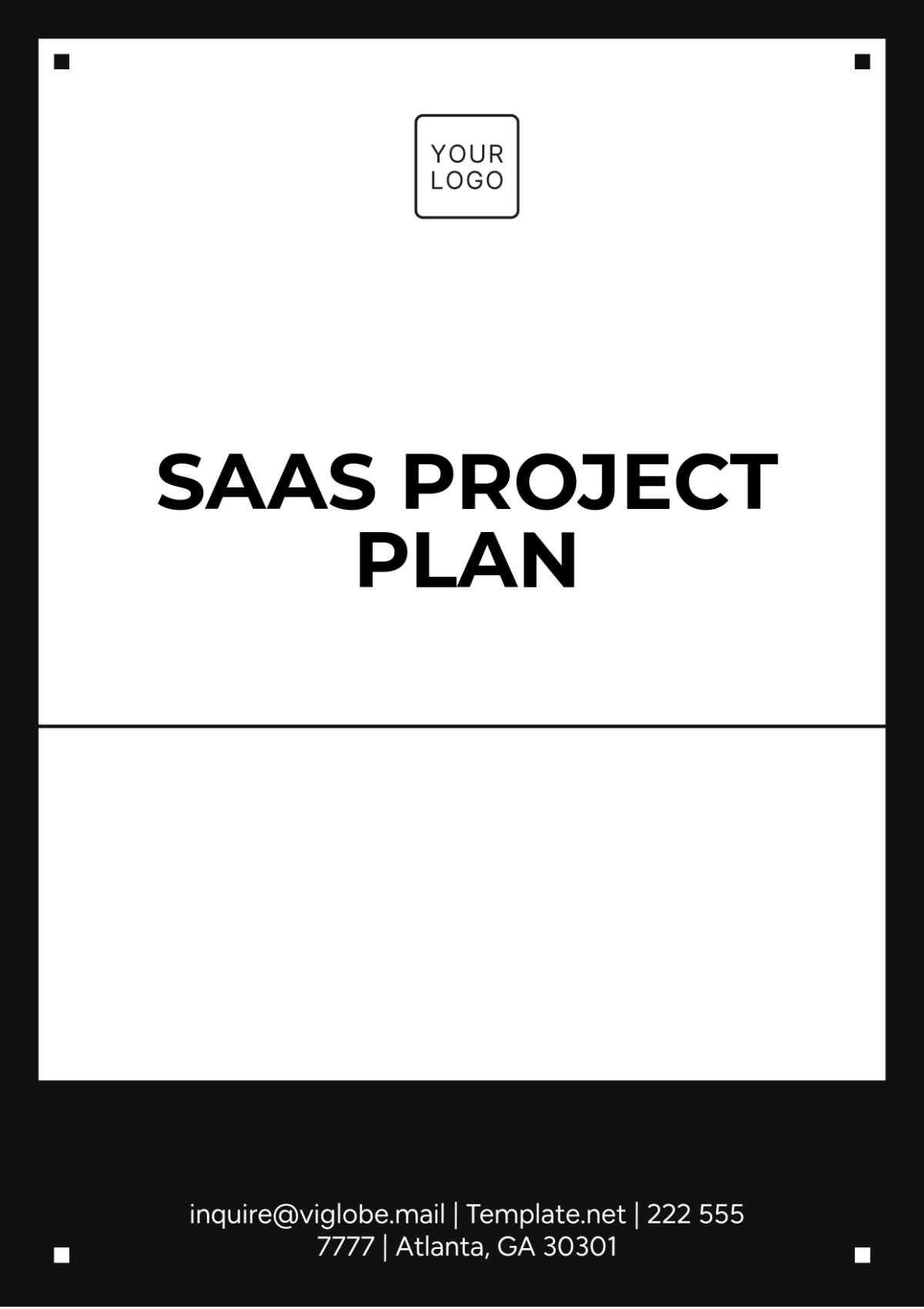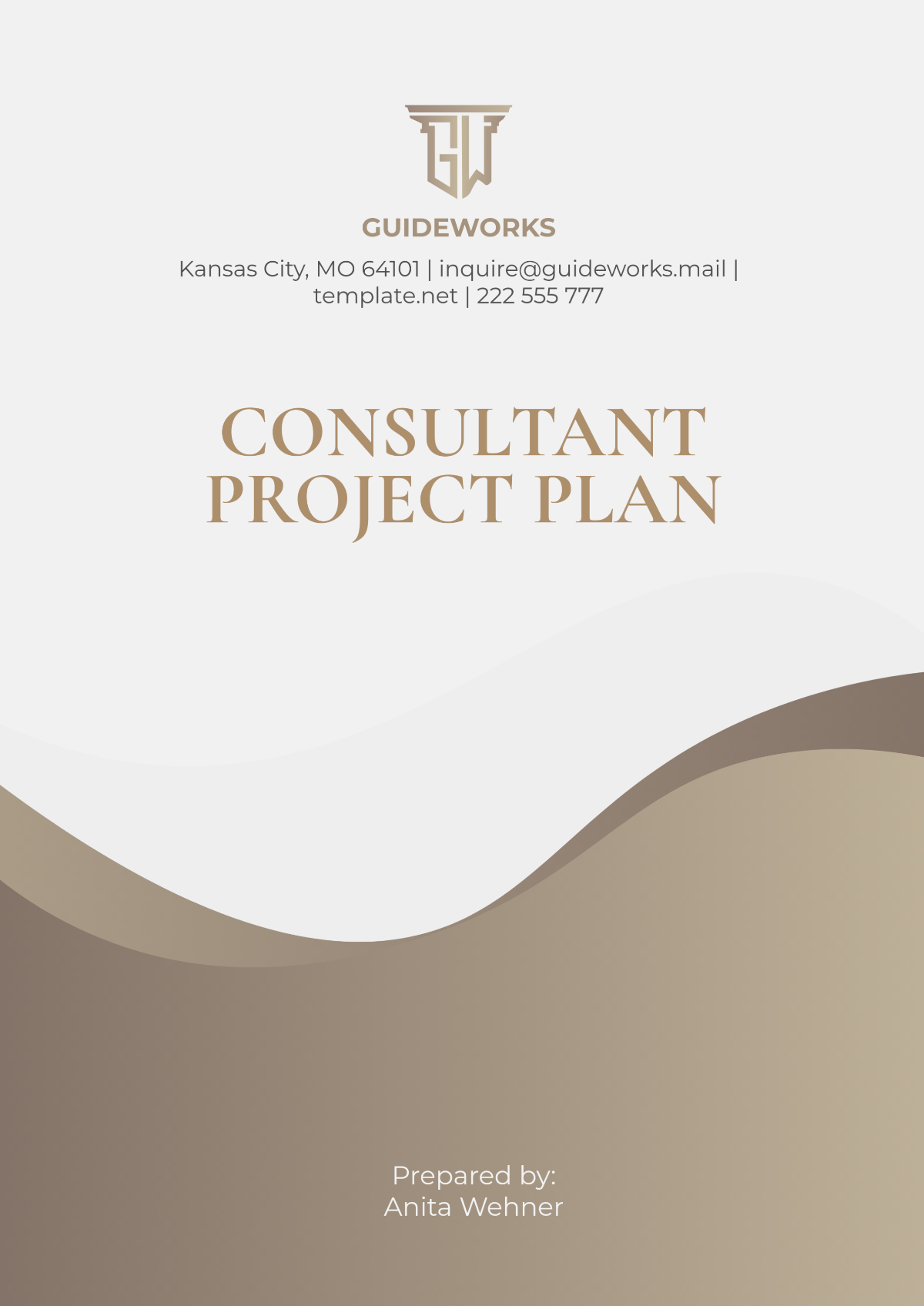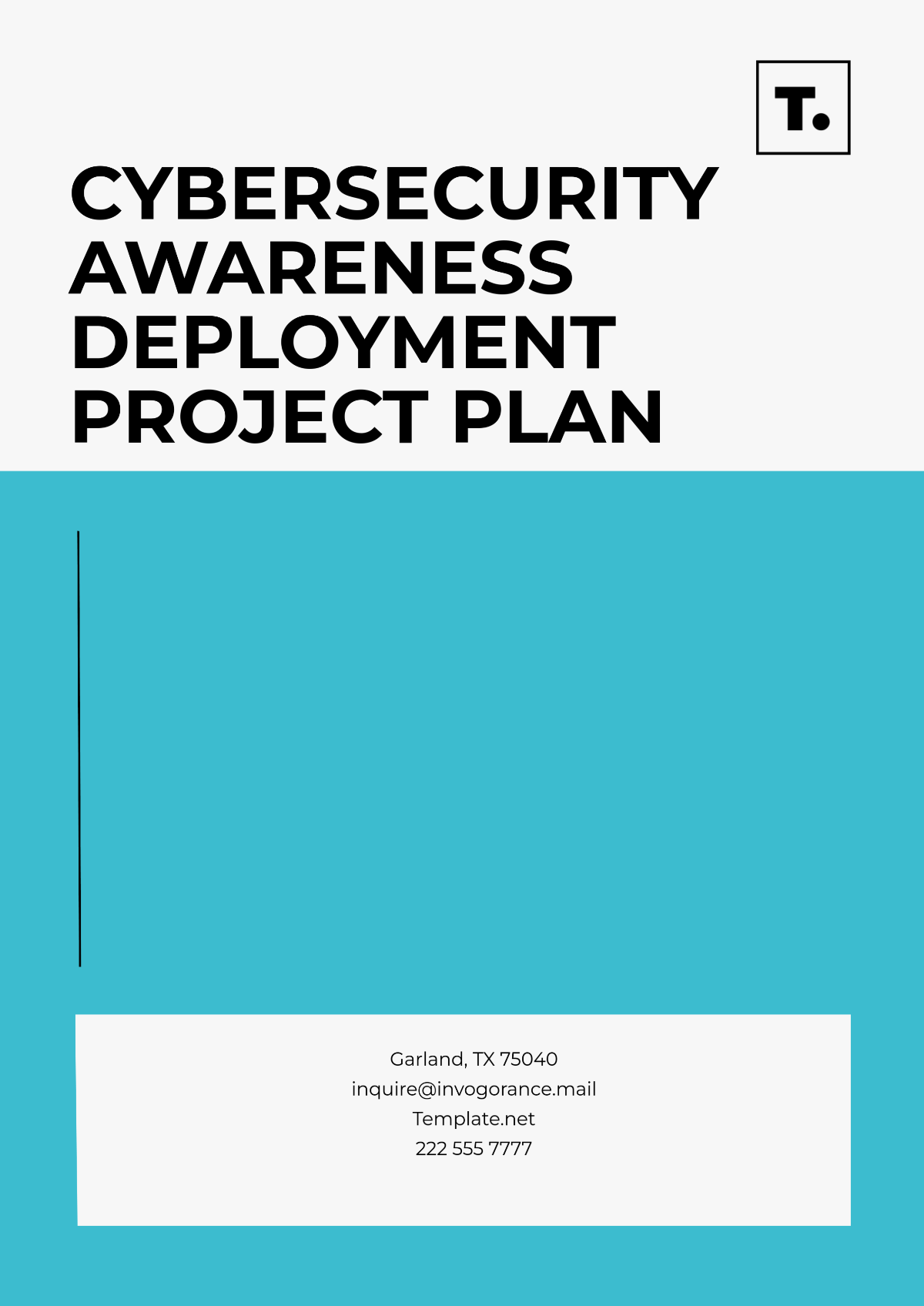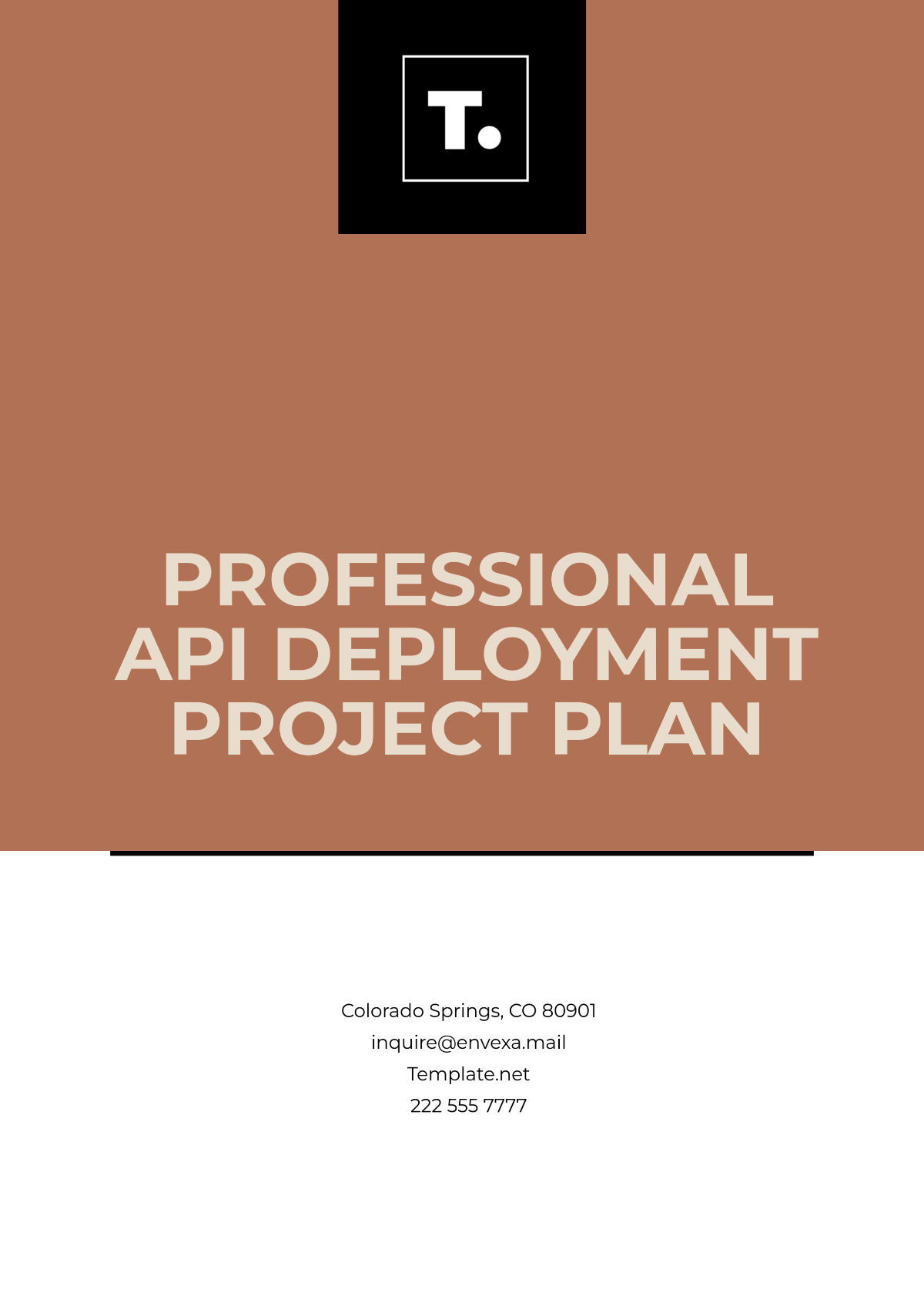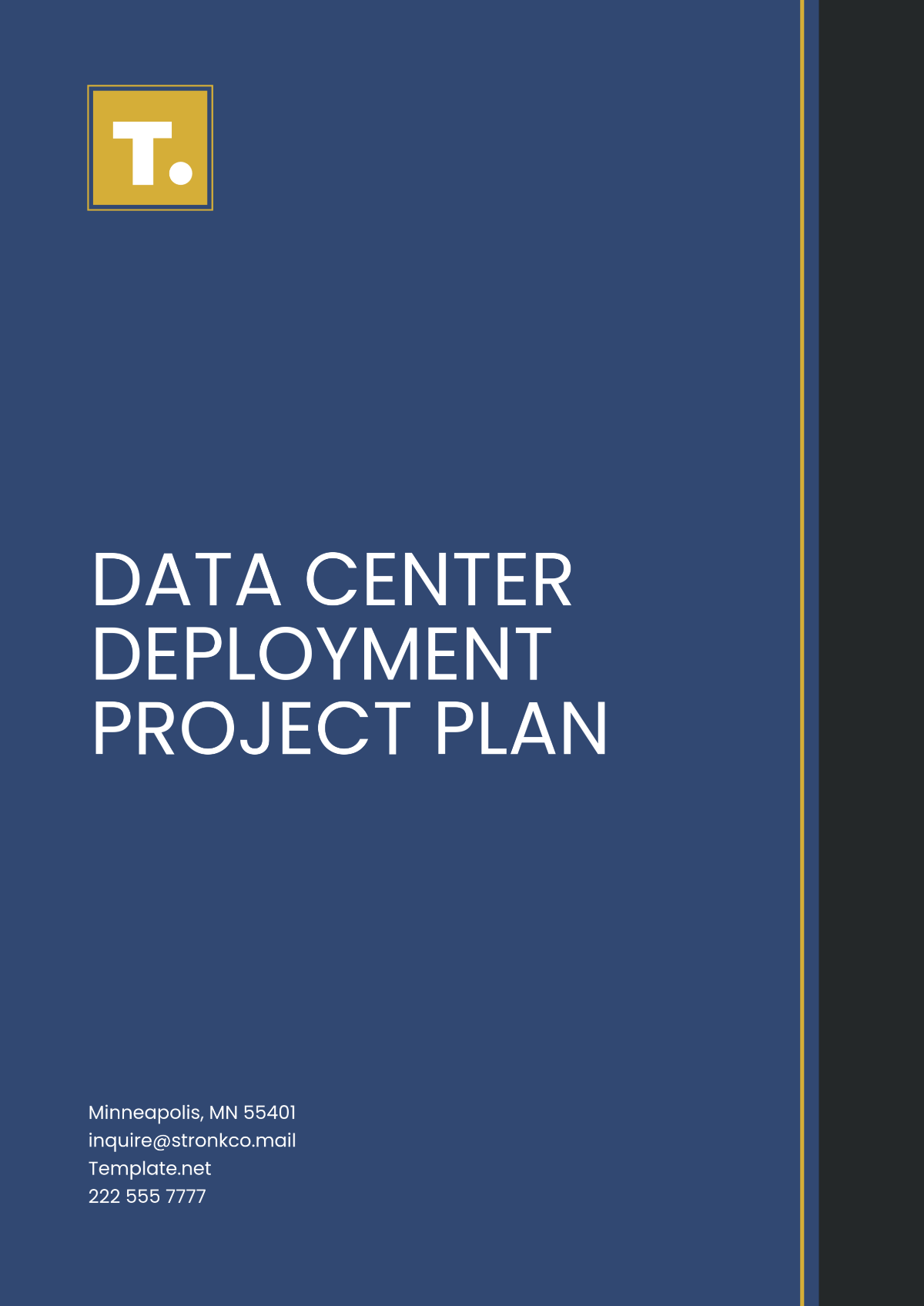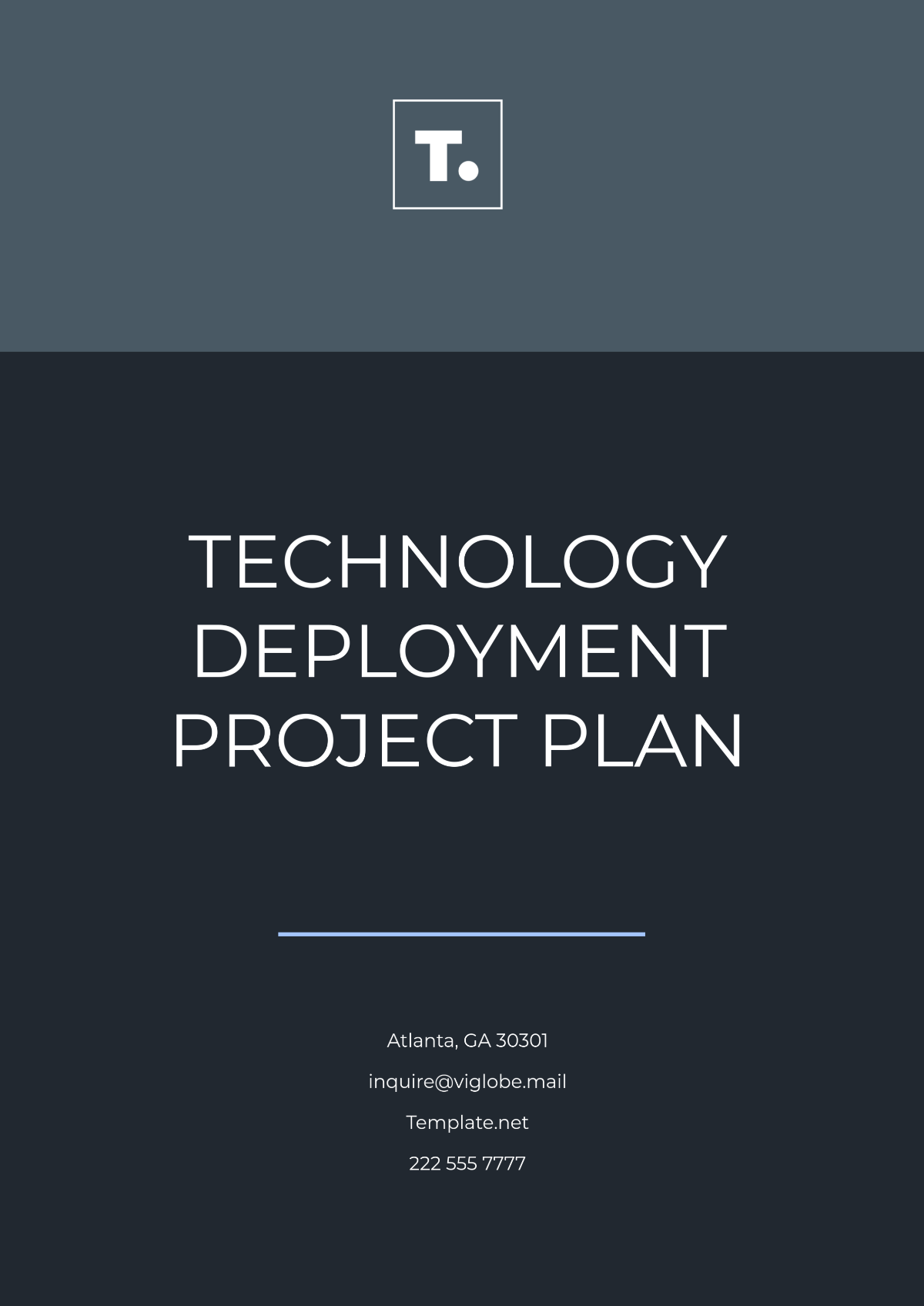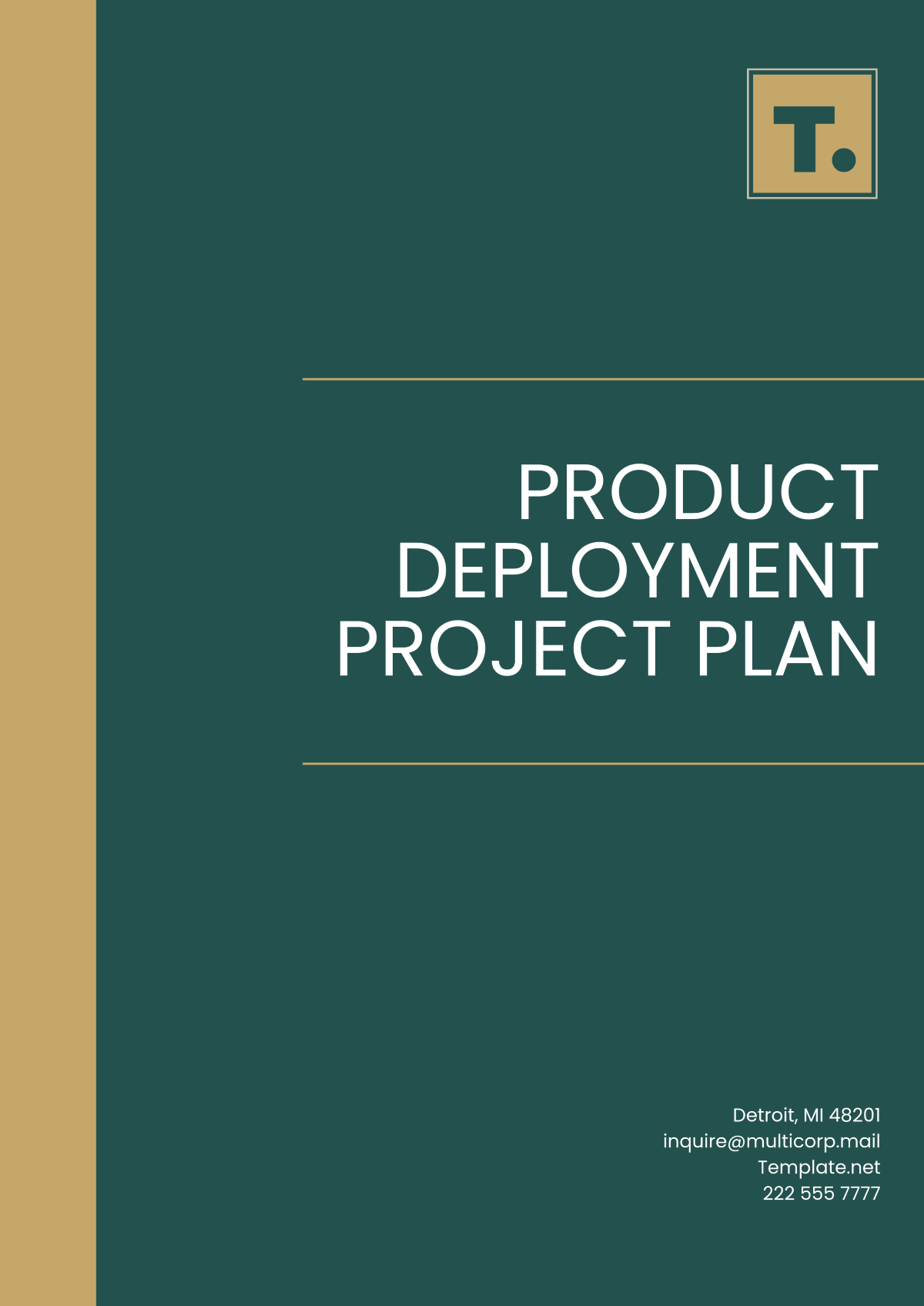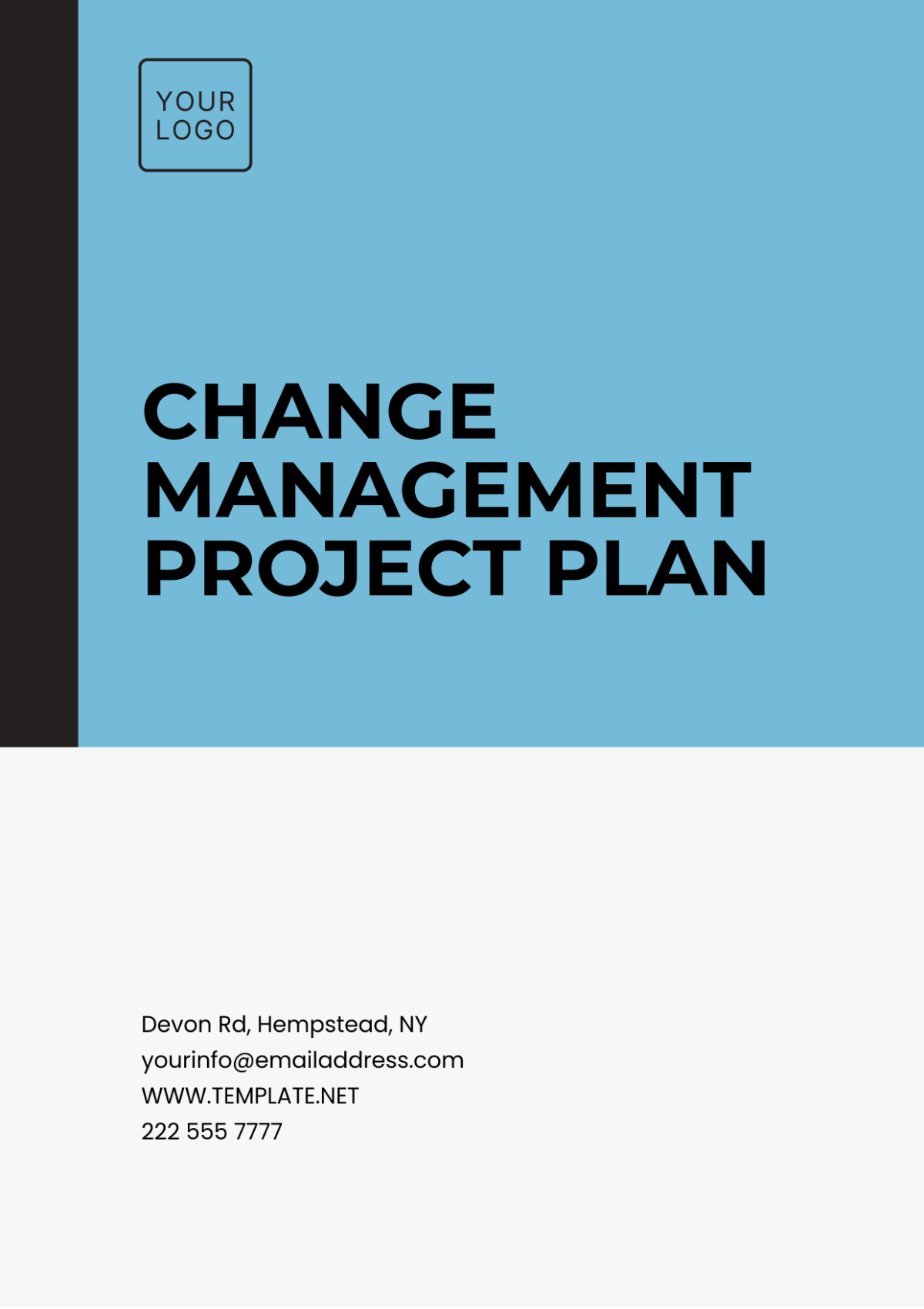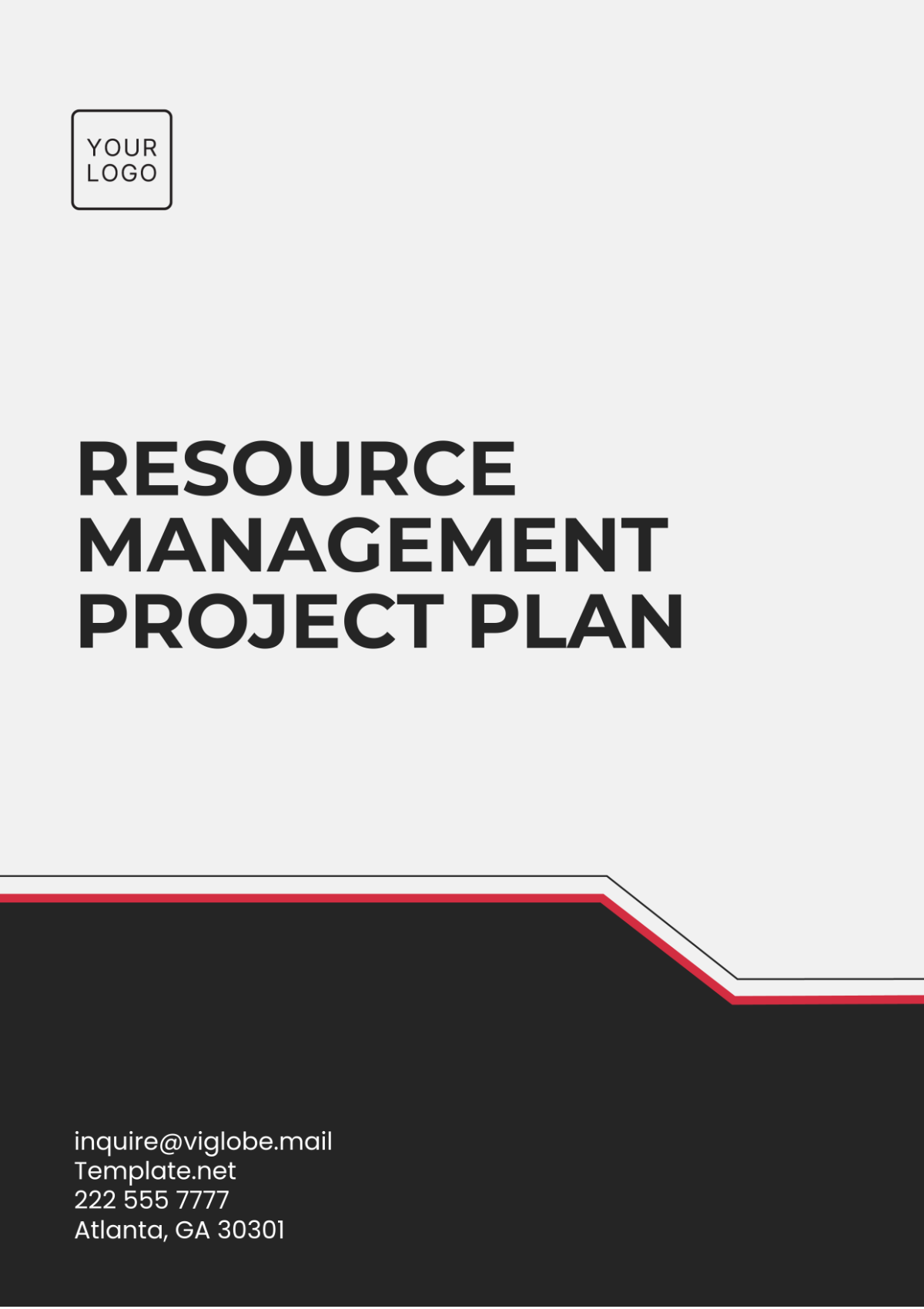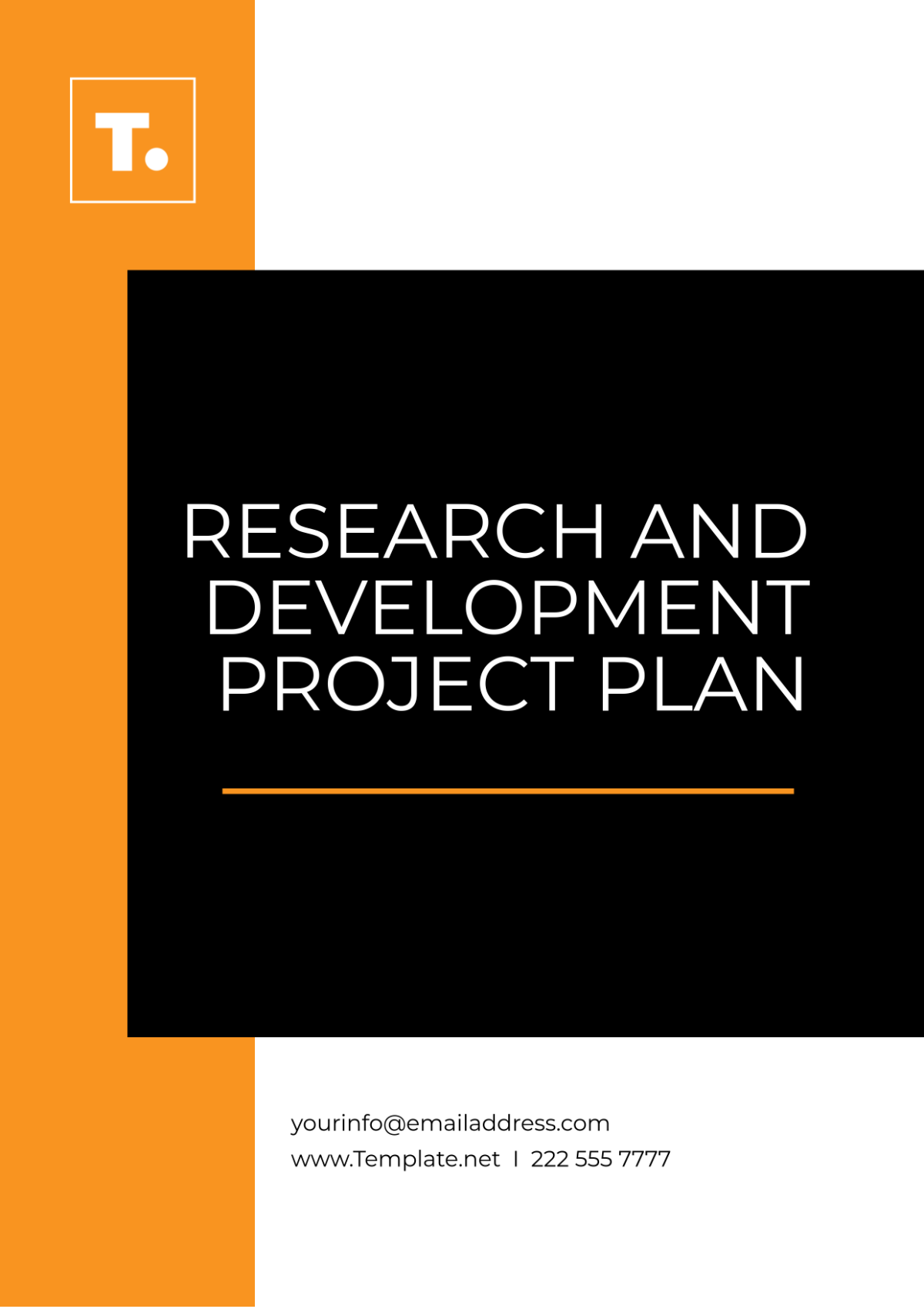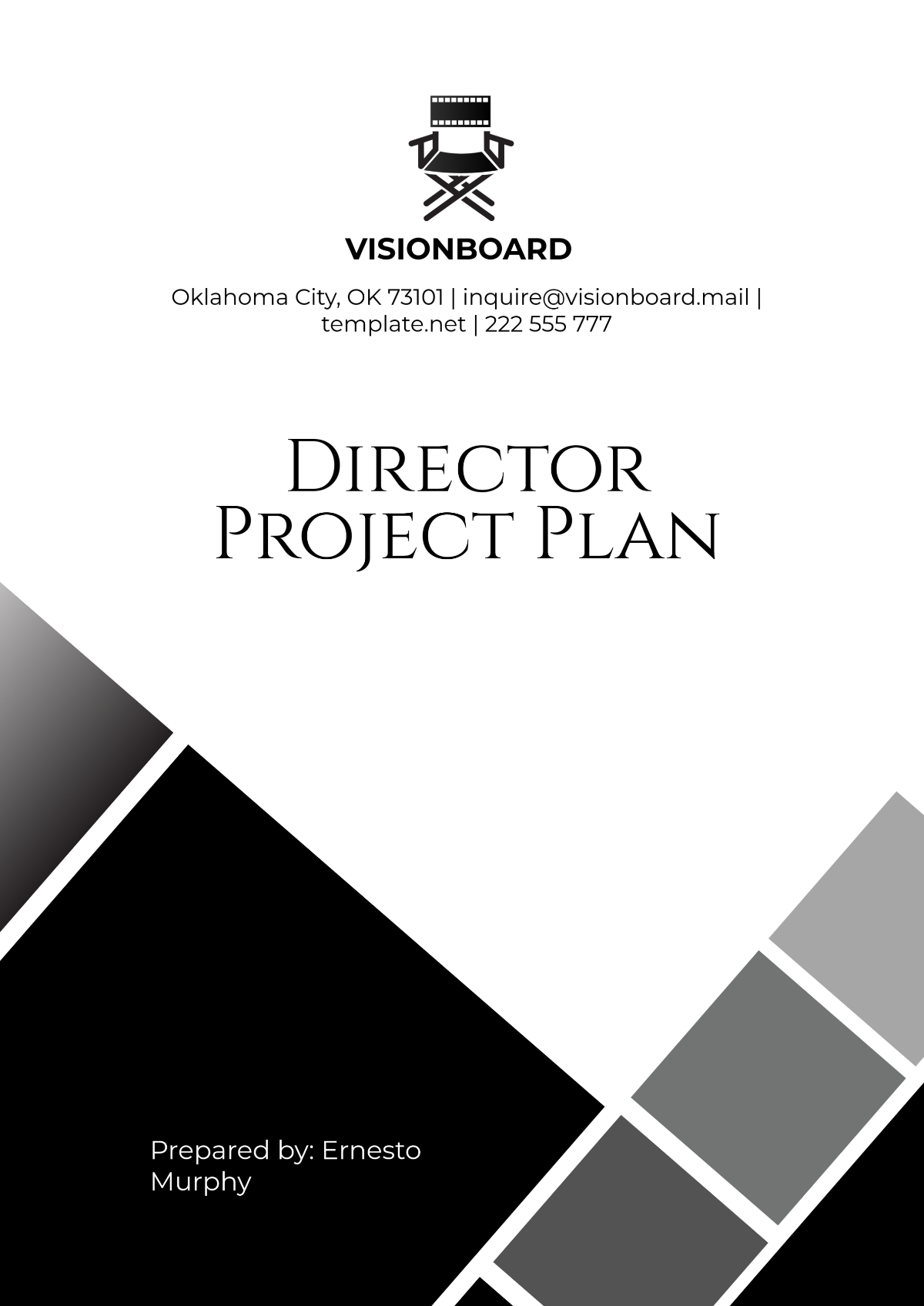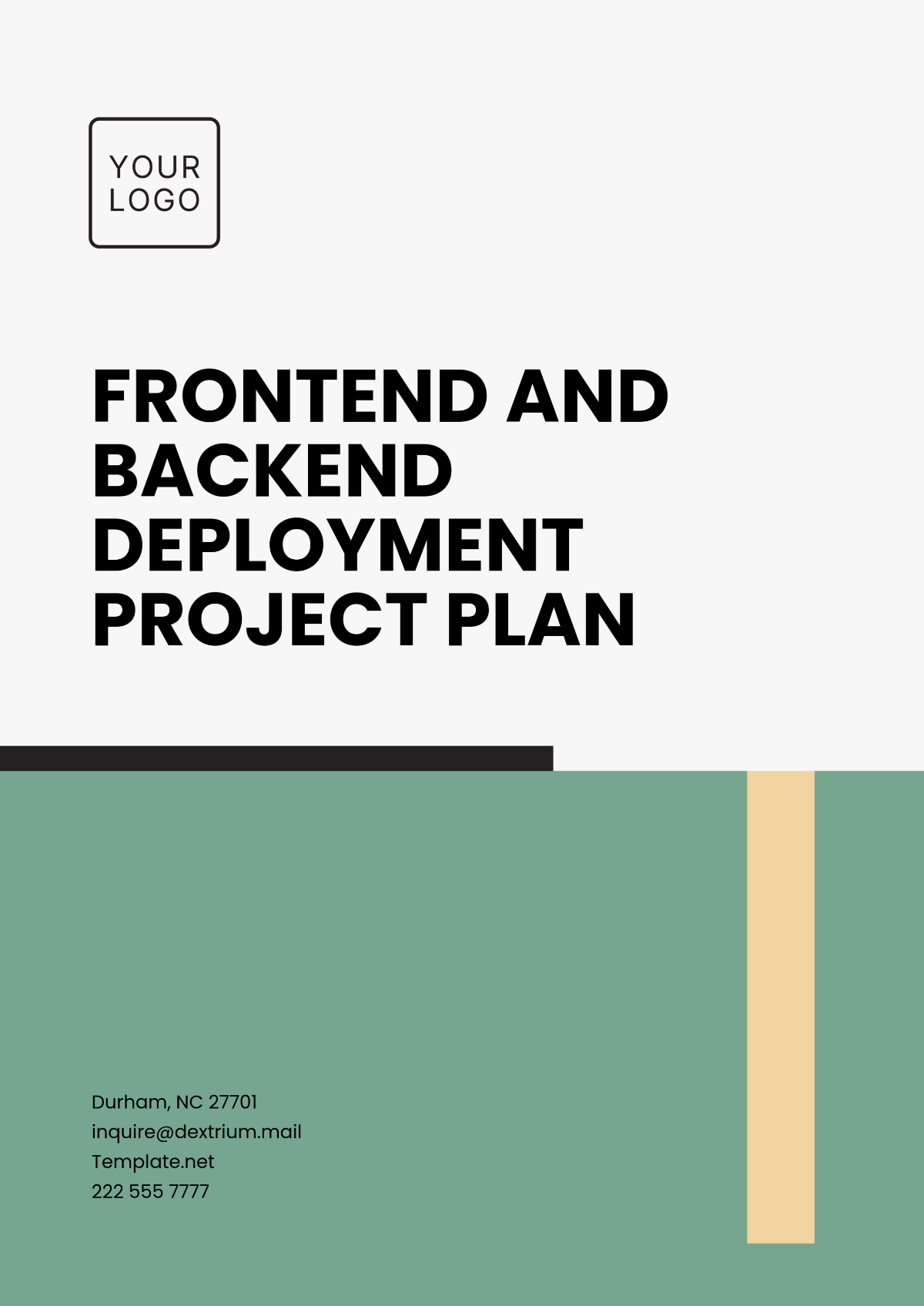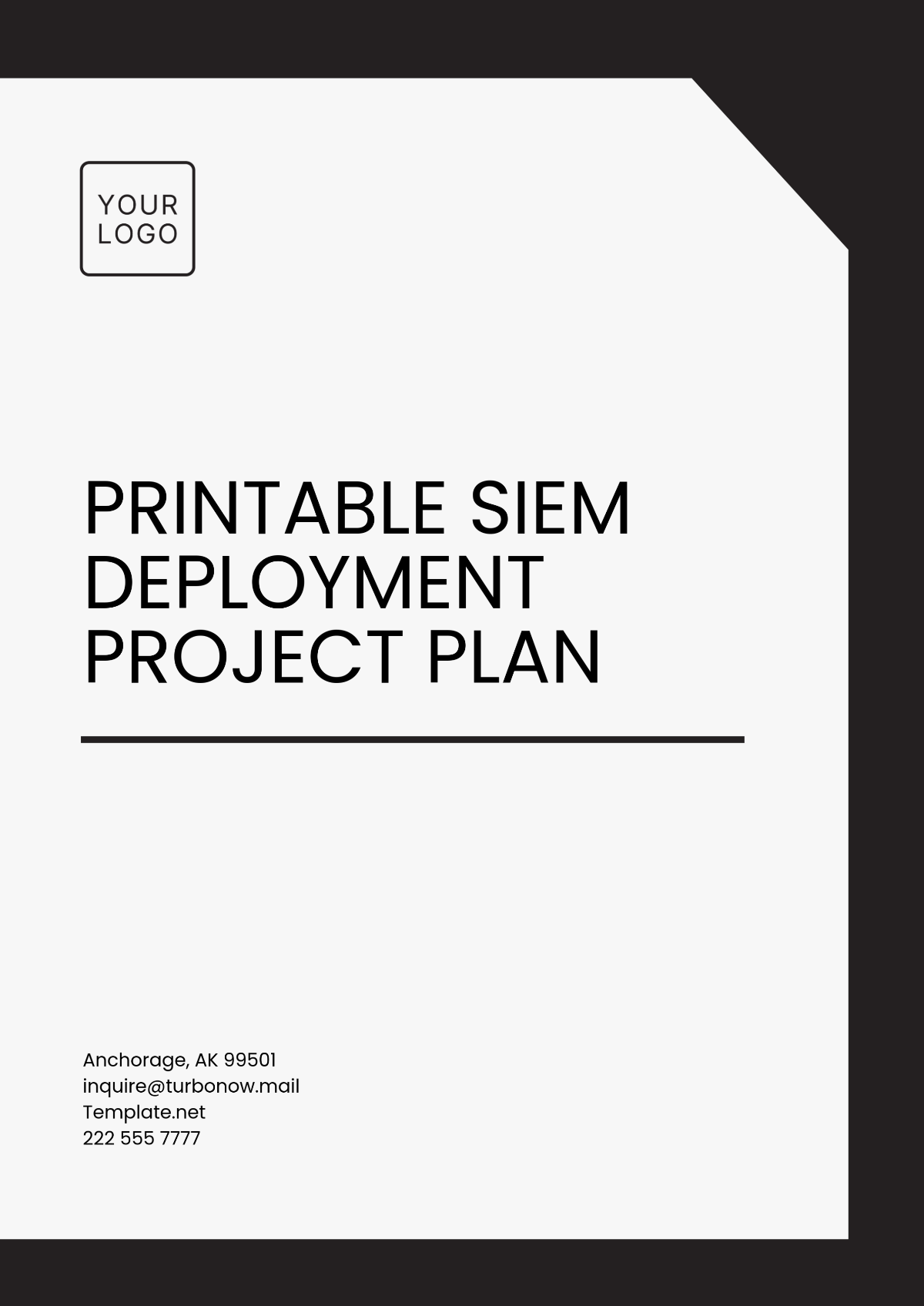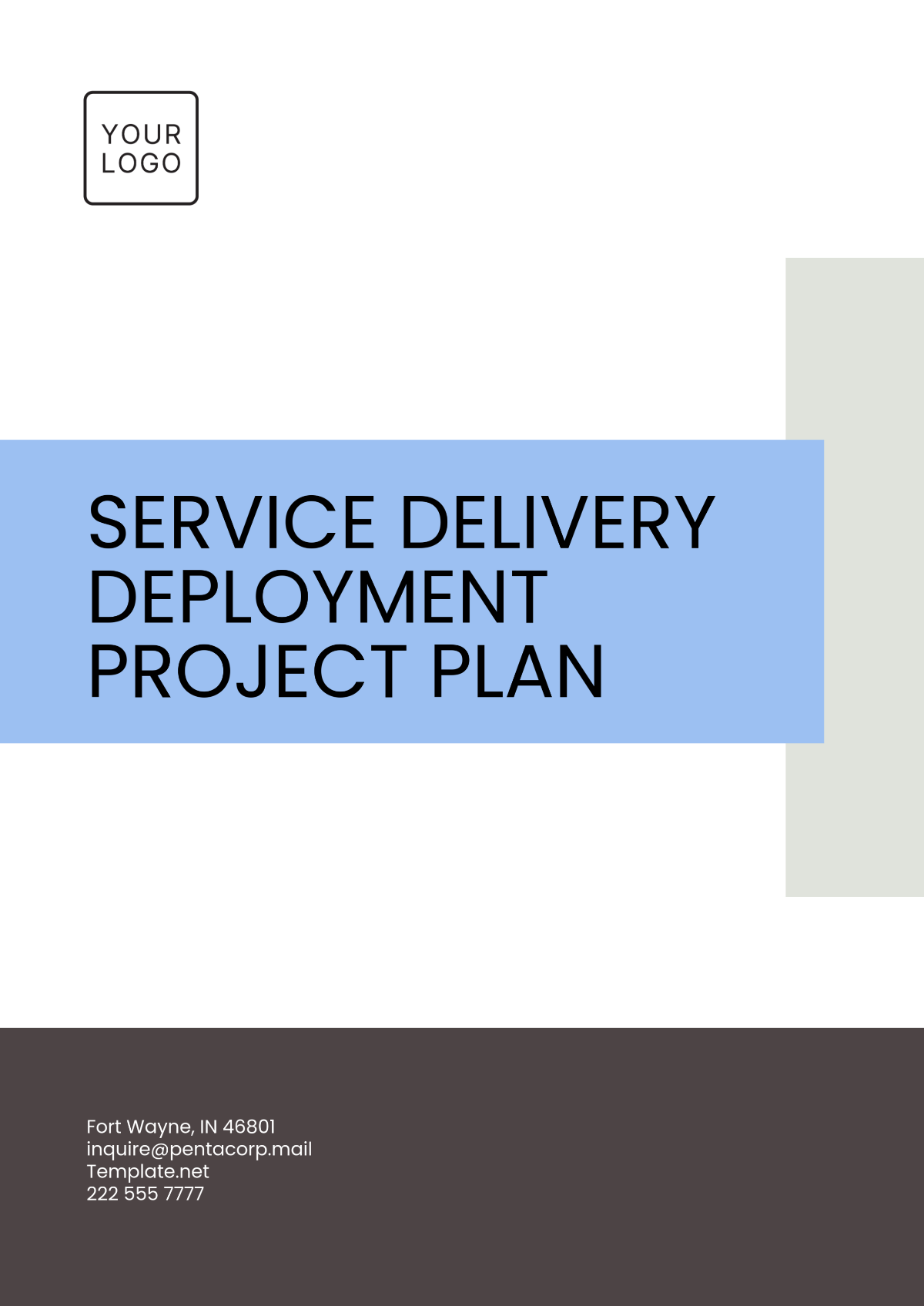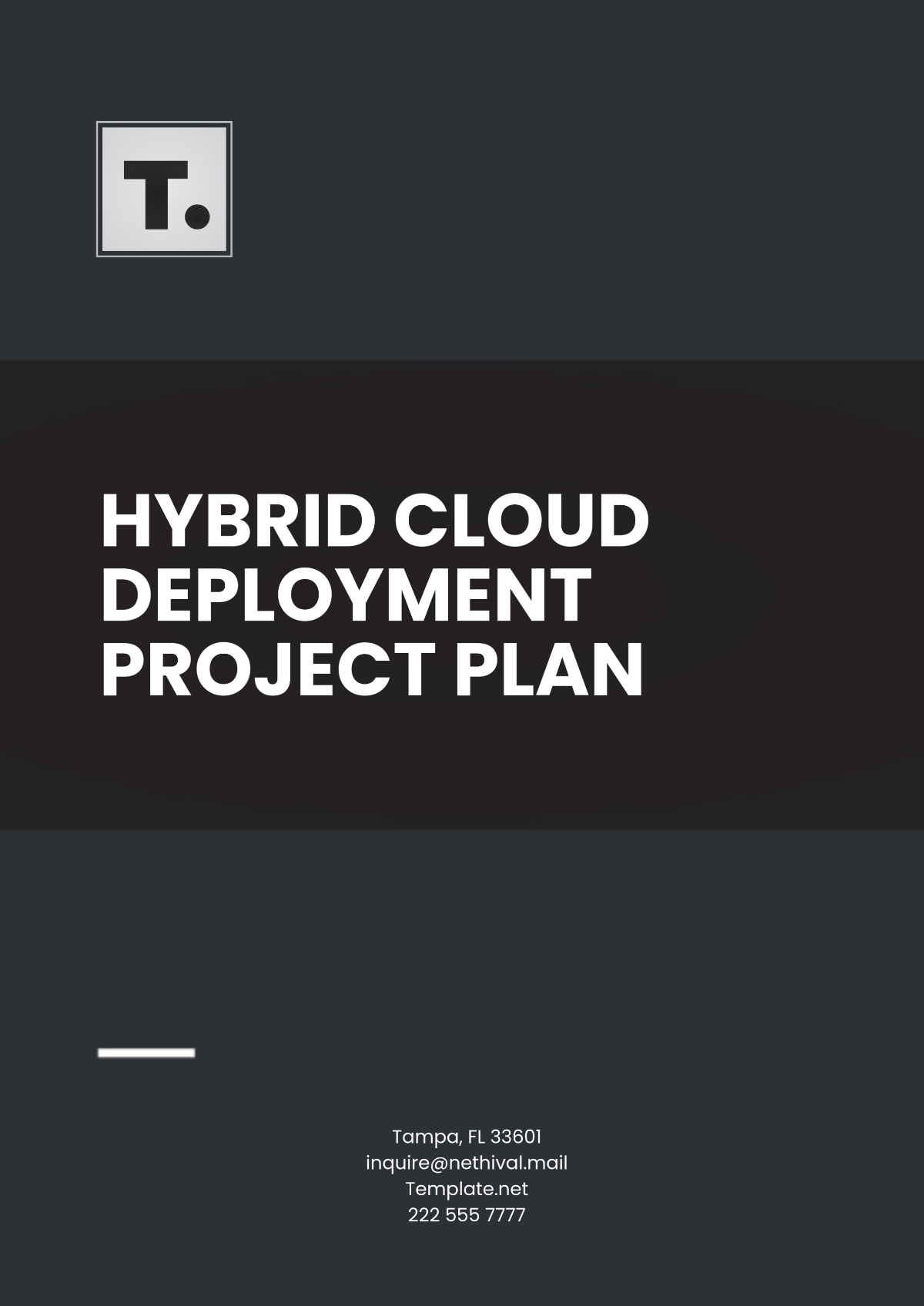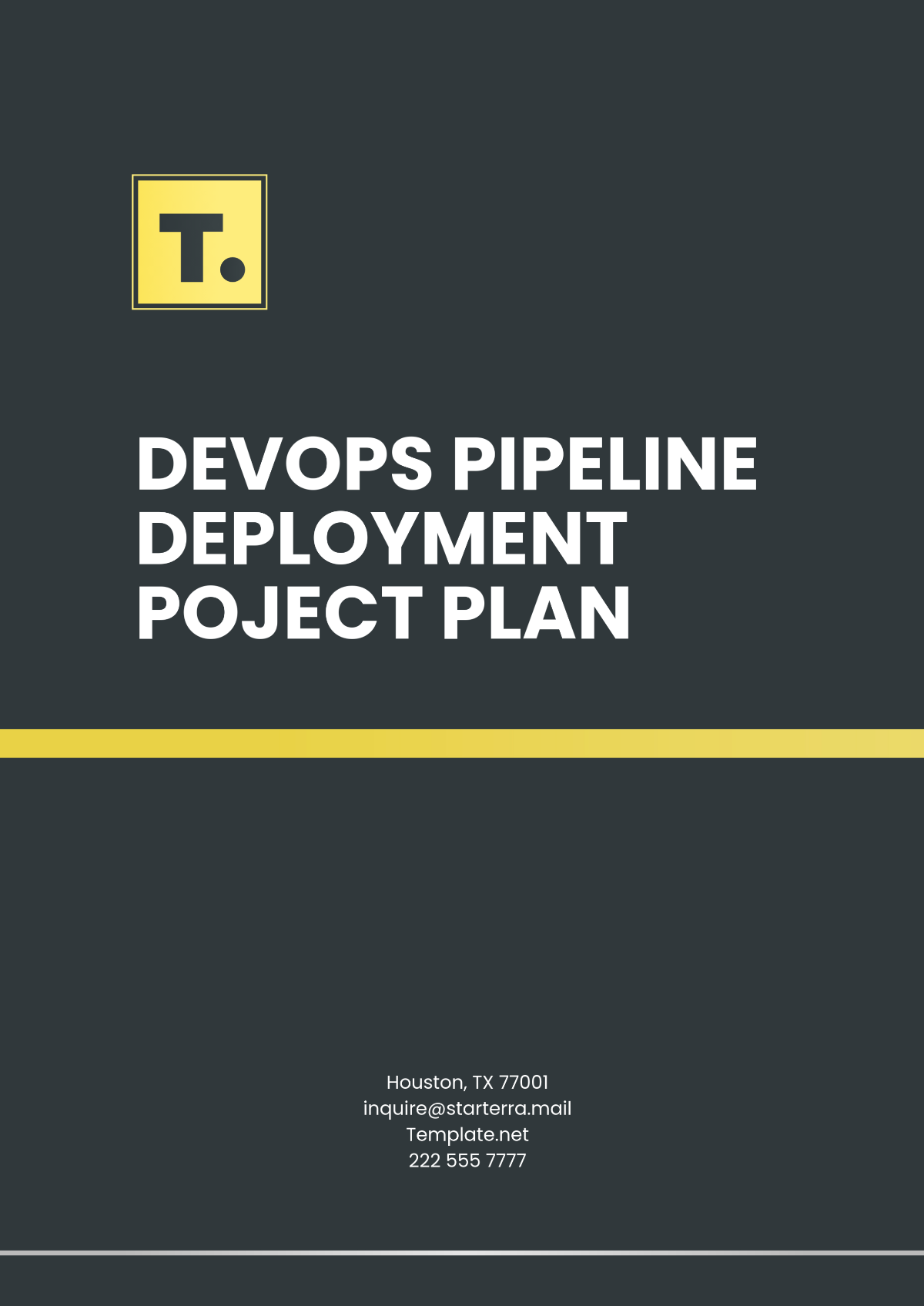New Product Launch Project Plan
Project Manager: | [Your Name] |
Company: | [Your Company Name] |
Department: | [Your Department] |
Date: | [Date] |
I. Introduction
This project plan outlines the comprehensive strategy and steps required for the successful launch of our new product. The primary objective is to ensure all teams are aligned, resources are optimally utilized, and the product reaches the market effectively and efficiently.
II. Project Objectives
The primary objectives of the New Product Launch Project are:
To introduce a new product to the market that meets customer needs and expectations.
To achieve optimal market penetration and customer acquisition within the first six months.
To ensure all stakeholders are informed and engaged throughout the launch process.
To establish a strong brand presence and recognition in the marketplace.
III. Project Timeline
The project will be executed over a series of phases, each with designated start and end dates. The timeline is subject to adjustment based on project needs and stakeholder feedback.
Phase | Start Date | End Date | Key Deliverables |
|---|---|---|---|
Research & Development | 01/01/2050 | 03/31/2050 | Product prototype, Initial testing reports |
Production Planning | 04/01/2050 | 06/30/2050 | Manufacturing setup, Supply chain logistics |
Marketing Strategy | 07/01/2050 | 08/31/2050 | Marketing plan, Branding assets |
Launch | 09/01/2050 | 09/30/2050 | Release event, Initial sales report |
Post-Launch Evaluation | 10/01/2050 | 12/31/2050 | Performance review, Customer feedback analysis |
IV. Phase Details
Research & Development
This phase focuses on the conceptualization and creation of the product prototype. Key activities include market research, competitor analysis, and initial testing to refine the product design. Collaboration with cross-functional teams is essential to ensure all technical and functional specifications are met.
Production Planning
During this phase, the focus will be on setting up manufacturing processes and establishing supply chain logistics. This includes securing suppliers, finalizing production techniques, and preparing for mass production. Efficiency and cost-effectiveness are critical at this stage.
Marketing Strategy
The Marketing Strategy phase involves developing a comprehensive marketing plan that encompasses branding, advertising, and promotional activities. The aim is to create a strong market presence and set the stage for a successful product launch.
Launch
The Launch phase is when the product officially enters the market. This stage includes a release event, media coverage, and initial distribution to retail partners. Continuous monitoring of market reception and sales performance is vital during this time.
Post-Launch Evaluation
The last phase, Post-Launch Evaluation, focuses on analyzing the overall success of the product launch. This involves gathering customer feedback, evaluating sales data, and identifying areas for improvement. Insights gained will inform future product development and marketing strategies.
V. Resource Allocation
To ensure efficient execution of the project, resource allocation across departments is necessary. Below is a summary of the primary resources:
Human Resources: Product development team, marketing professionals, logistics coordinators.
Financial: Budget allocation for production, marketing, and distribution.
Technological: Software tools for project management, and online marketing platforms.
VI. Risk Management
Identifying potential risks early on and devising mitigation strategies is crucial for minimizing negative impacts on project execution. Key risks include production delays, budget overruns, and market resistance. The project management team will continuously monitor risks and adjust the project plan as necessary to ensure successful completion.
VII. Conclusion
This New Product Launch Project Plan serves as a comprehensive guide to executing the successful introduction of our new product into the market. By adhering to the timeline, focusing on key phases, and effectively managing resources and risks, we aim to achieve our project objectives and drive significant business growth.

